Yeni Ürün Listesi
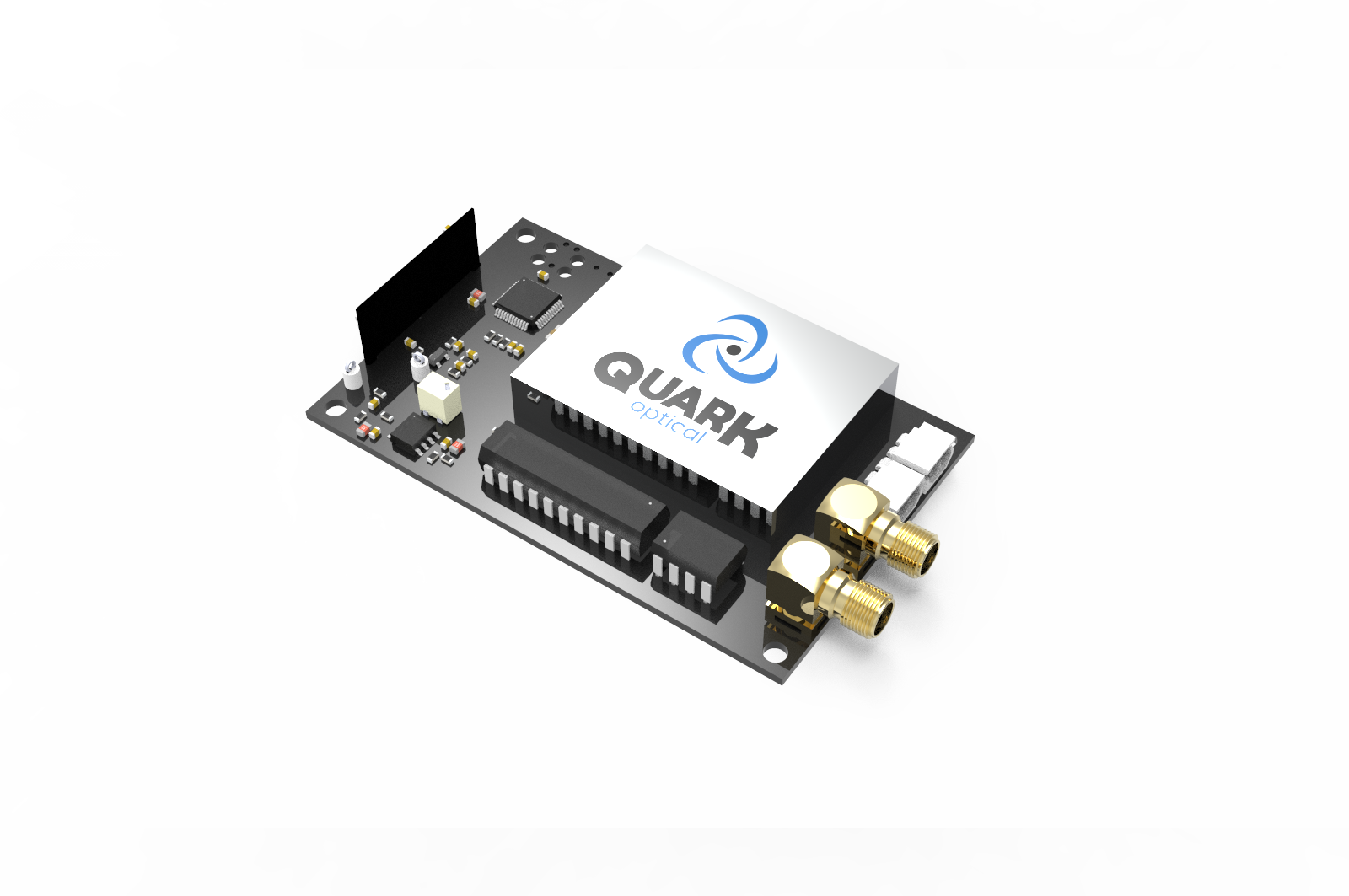
APD Module Linear Mode
The Avalanche Photodiode (APD) module is an optoelectronic device. This device allows the acceleration and collection of electrons that are struck and moved by photons emitted from any light source. In this way, highly sensitive signals regarding the presence of light can be obtained even at very low light levels.
Price: $700 USD + KDV
Delivery Time: 8 hafta
Last updated 1 year ago
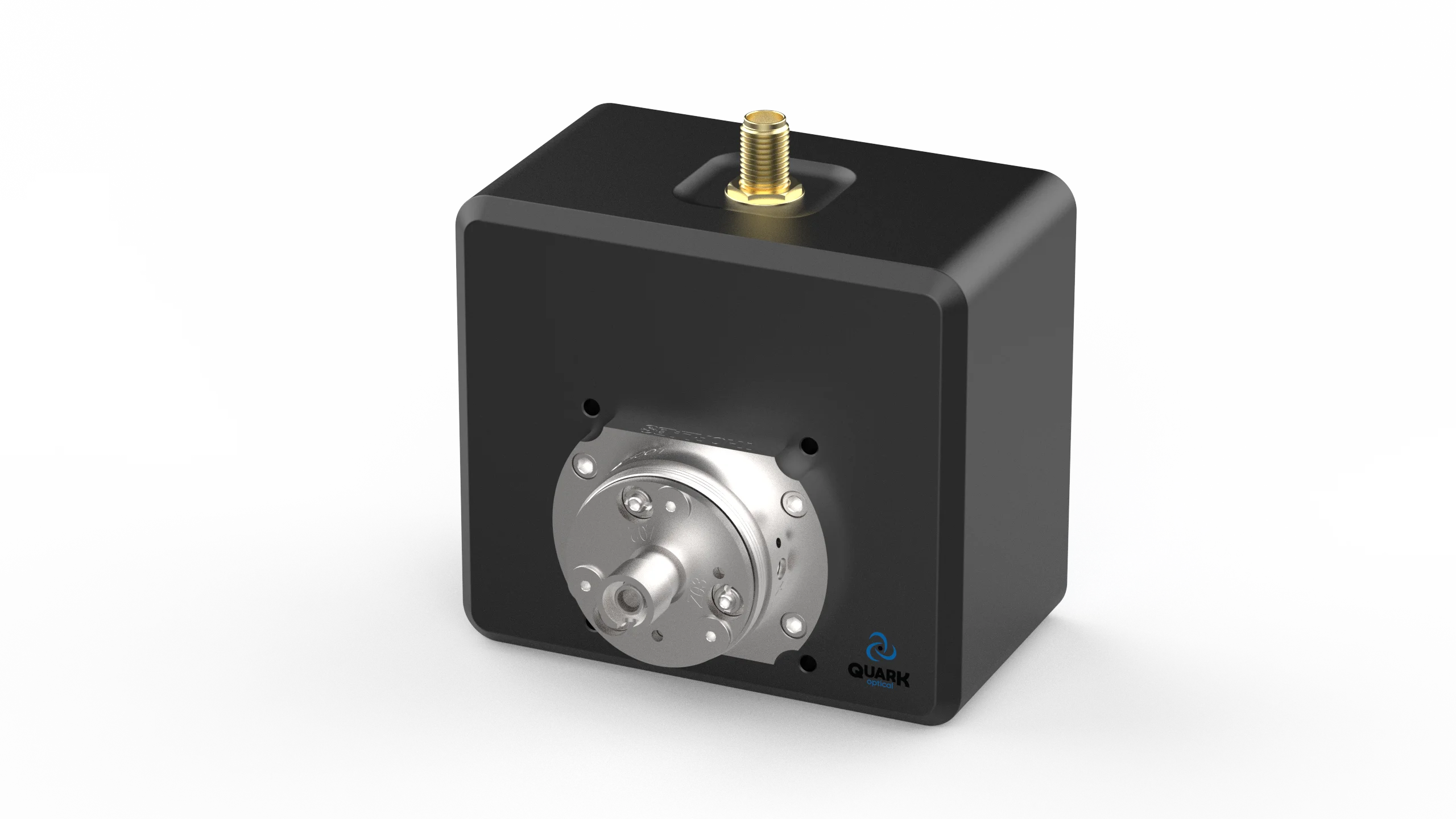
SPAD Module (Excelitas C30902SH-DTC)
SPAD is designed for the fast and precise detection of photons. These devices can operate using a "geiger" mode that allows for individual counting of each photon, or a high-speed scanning mode. Therefore, SPADs are often used in low-light conditions and situations where other detection technologies fall short.
Price: The price has not yet been determined.
Delivery Time: The delivery time has not yet been determined.
Last updated 2 months ago
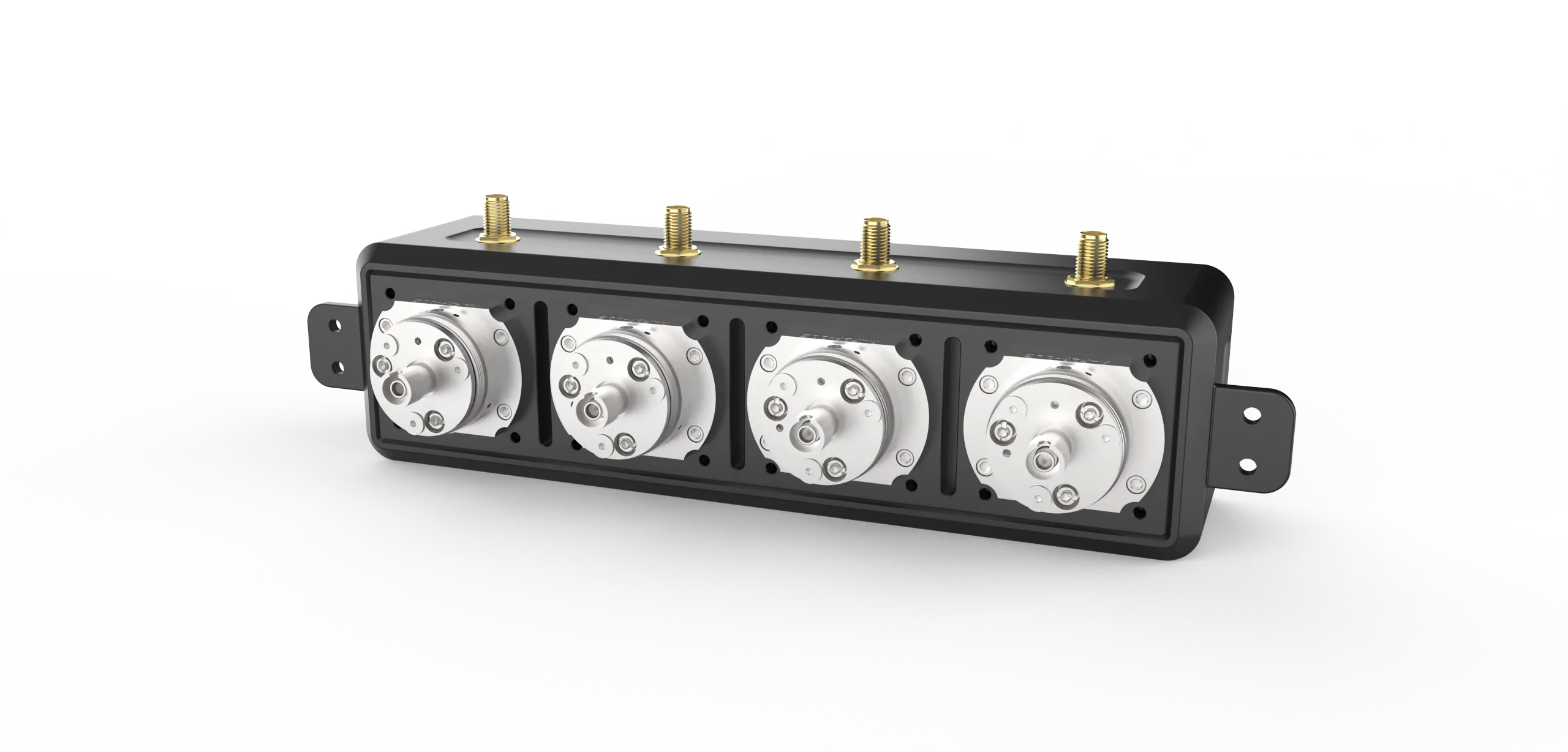
Multi-SPAD Module (Hamamatsu S16835-050DG)
The Multi-SPAD device enables multi-point optical measurements through multiple SPAD sensors integrated on a single board. With its ability to collect data in parallel and in sync, it is an ideal solution for real-time monitoring of optical events or measurements from different locations.
Price: The price has not yet been determined.
Delivery Time: The delivery time has not yet been determined.
Last updated 5 months ago
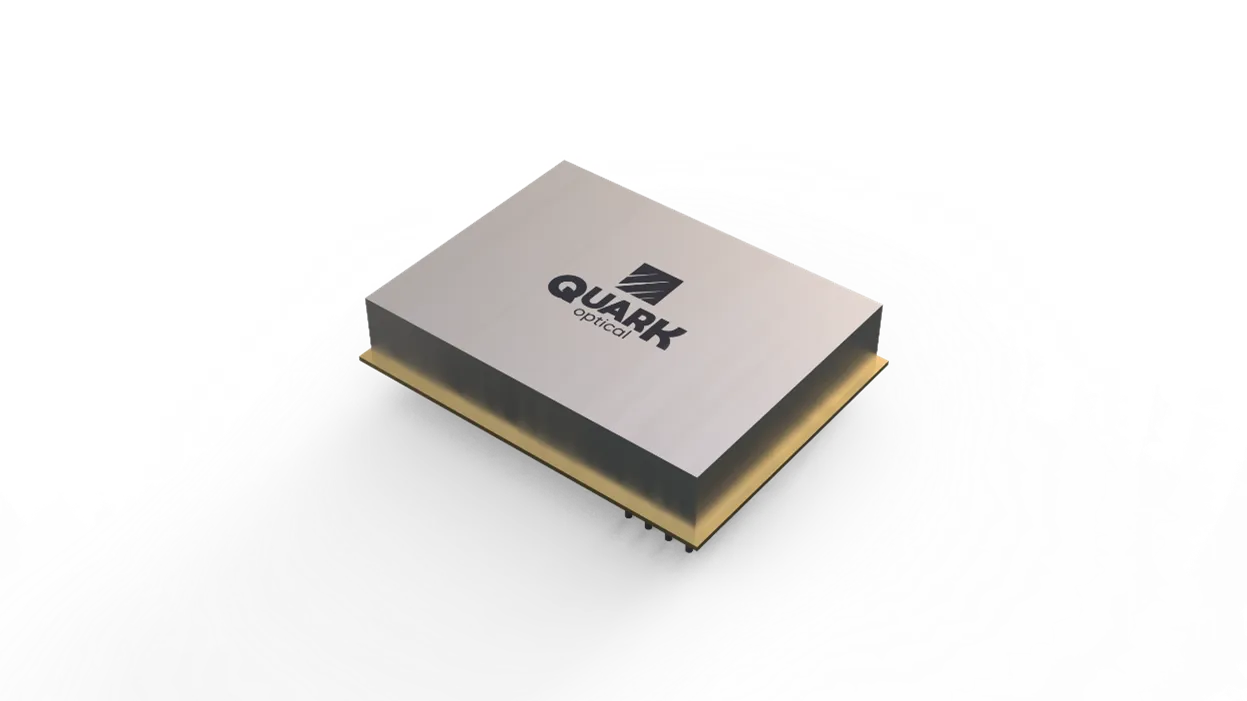
High Voltage Module
These devices are designed to increase the input voltage from low voltage sources for use in applications that require high voltage.
Price: $300 USD + KDV
Delivery Time: 8 hafta
Last updated 2 years ago
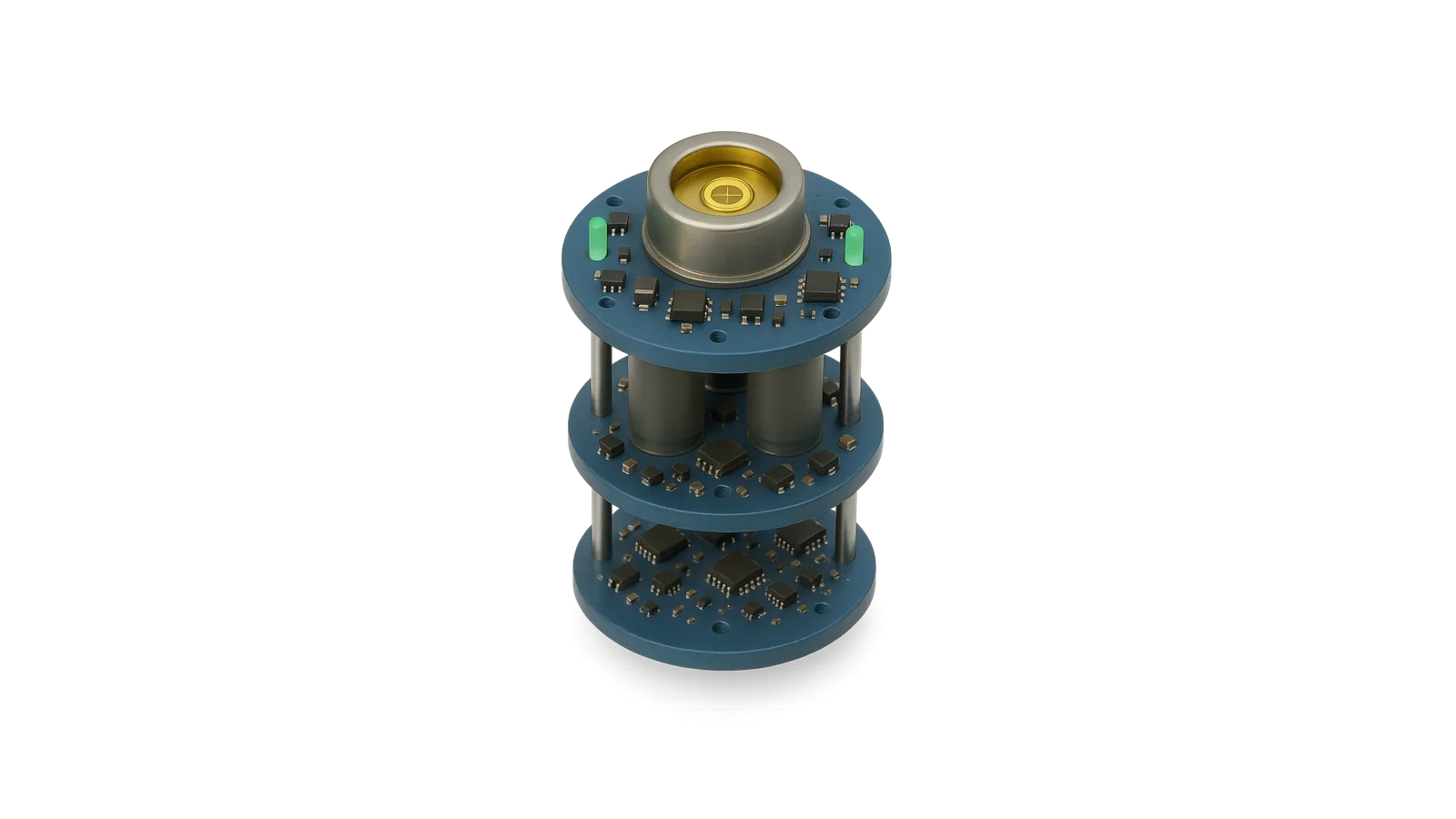
Quadrant Photodetector
A quadrant photodetector is an optoelectronic sensor created by combining four separate photodiodes within a single package. This sensor has the ability to detect which regions the incoming light falls on when it arrives from specific directions.
Price: $1200 USD + KDV
Delivery Time: 8 hafta
Last updated 7 months ago
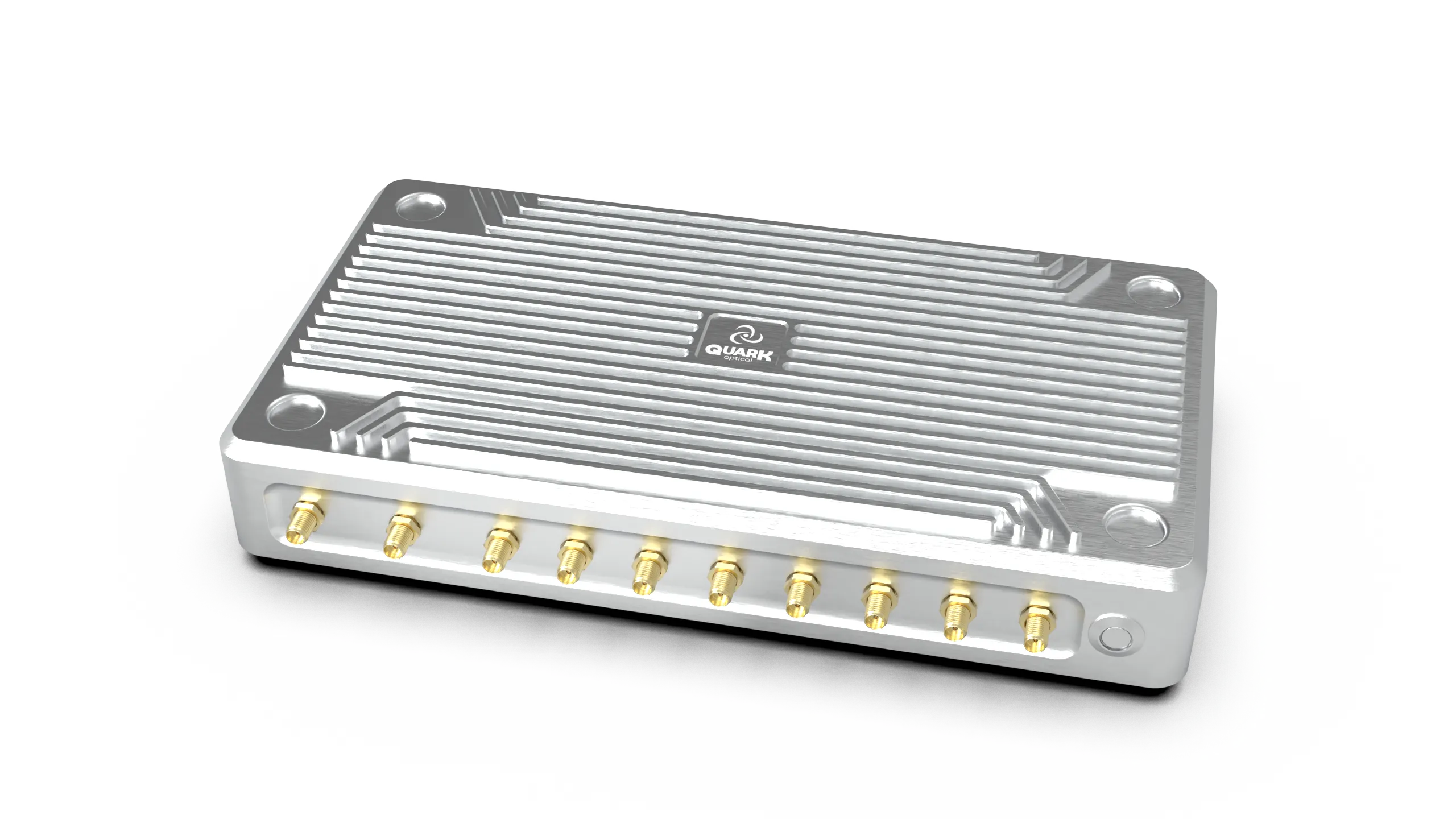
Time Tagger 8-Channel
The Time Digital Converter and Correlation Device, developed for users seeking high sensitivity and reliability, offers an excellent solution for optical time measurement and correlation processes.
Price: $12000 USD + KDV
Delivery Time: 4 hafta
Last updated 3 months ago
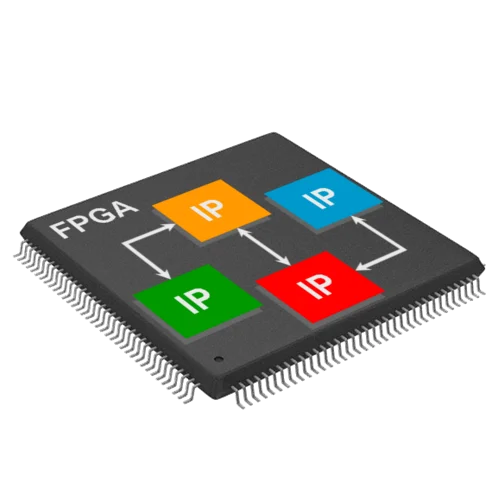
Time Tagger 8-Channel (IP)
The Time Digital Converter and Correlation Device, developed for users seeking high sensitivity and reliability, offers an excellent solution for optical time measurement and correlation processes.
Price: $10000 USD + KDV
Delivery Time: 1 hafta
Last updated 3 months ago
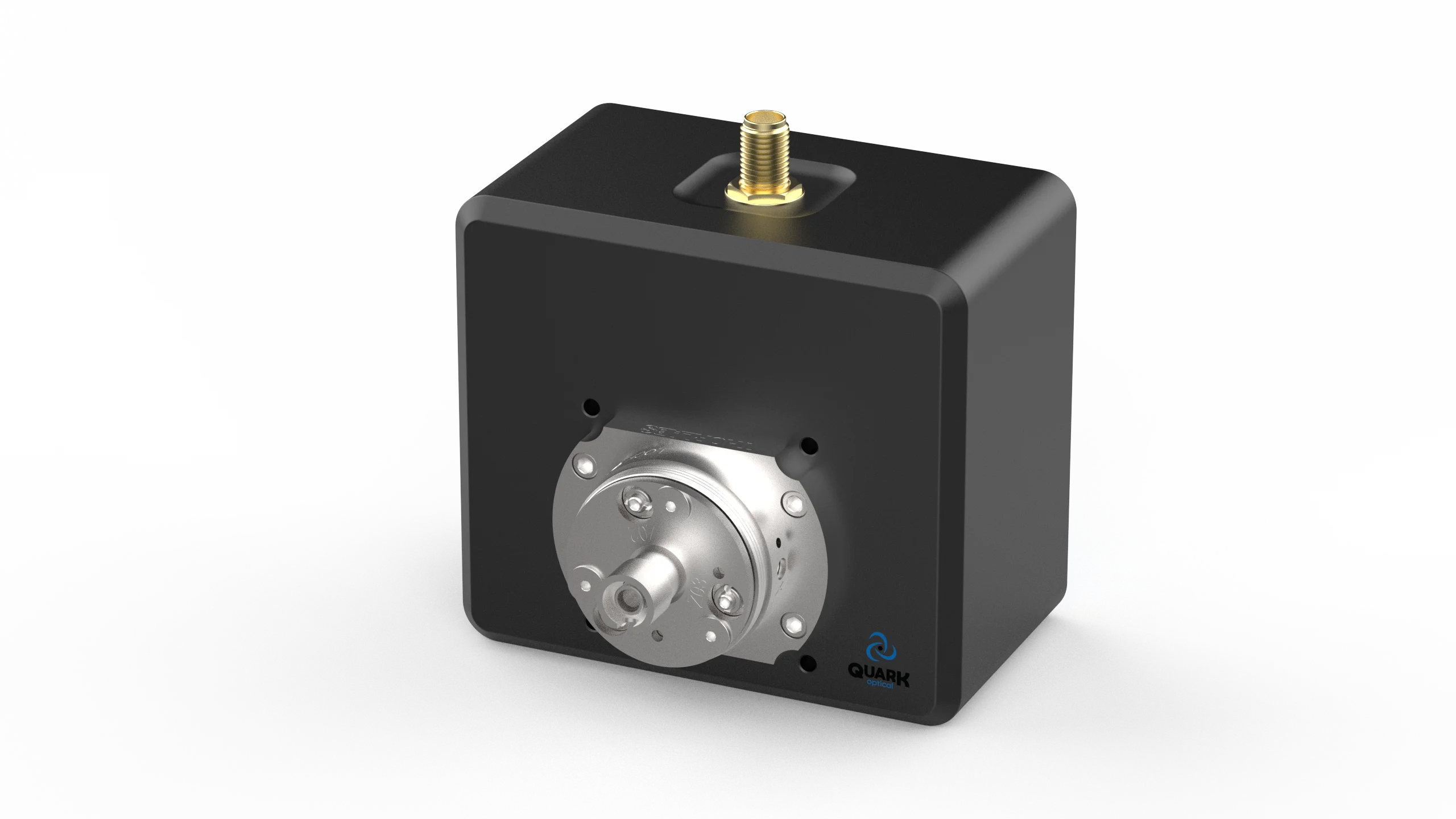
SPAD Module (Hamamatsu S16835-050DG)
SPAD is designed for the fast and precise detection of photons. These devices can operate using a "geiger" mode that allows for individual counting of each photon, or a high-speed scanning mode. Therefore, SPADs are often used in low-light conditions and situations where other detection technologies fall short.
Price: The price has not yet been determined.
Delivery Time: The delivery time has not yet been determined.
Last updated 2 months ago
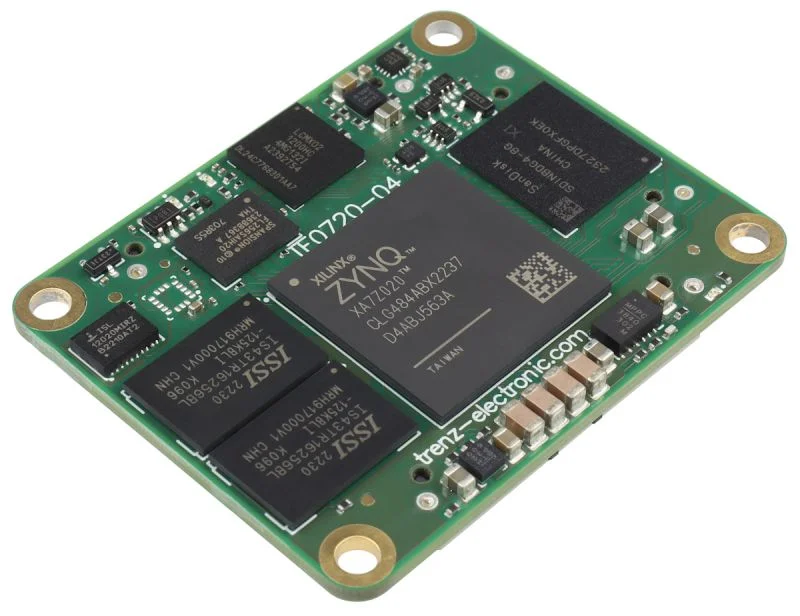
Time Tagger 8-Channel (SOM)
The Time Digital Converter and Correlation Device, developed for users seeking high sensitivity and reliability, offers an excellent solution for optical time measurement and correlation processes.
Price: $10000 USD + KDV
Delivery Time: 4 hafta
Last updated 3 months ago